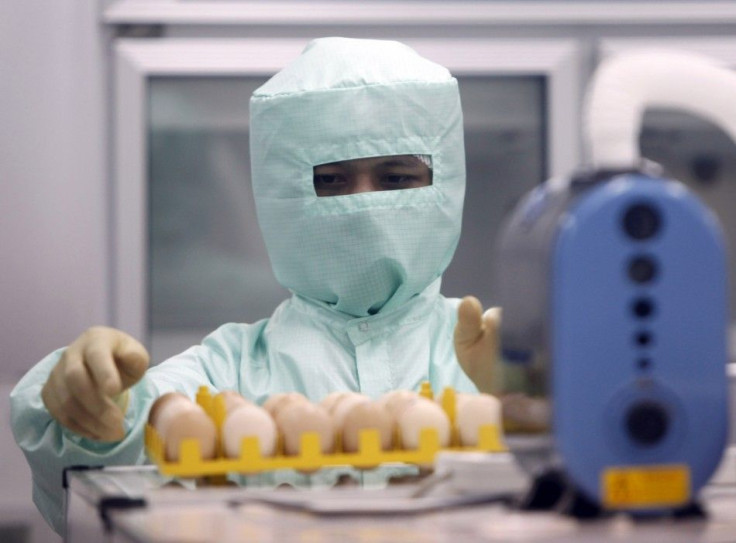Ricin One Of 6 Pathogens Found Improperly Stored At NIH, FDA

Health officials scouring government laboratories after a July smallpox discovery have discovered samples of ricin and other dangerous pathogens, the National Institute of Health (NIH) announced Friday.
The NIH admitted that, upon searching facilities on its Bethesda, Maryland, campus, investigators came across five “select agents” improperly stored in sealed and intact containers. Each of the pathogens is required to be held in highly regulated laboratories, although there’s no evidence that they posed a threat to anyone and they have since been destroyed, according to the Washington Post.
This announcement came on the same day that the Food and Drug Administration (FDA) said it found vials of the foodborne illness-causing staphylococcus enterotoxin at a lab that was not equipped to have it in its possession.
Ricin was perhaps the most alarming find, though, as the chemical is a highly toxic poison that has been used multiple times in failed presidential assassinations, among other poisoning attempts. The bottle was discovered in a box with microbes dated from 1914 and believed to be 85 to 100 years old, although the NIH stipulated in its announcement that it’s unclear how much of the 5 grams originally in the bottle was left over.
“NIH takes this matter very seriously,” the organization said Friday. “The finding of these agents highlights the need for constant vigilance in monitoring laboratory materials in compliance with federal regulations on biosafety.”
The search that discovered these pathogens was prompted by the finding of multiple vials of smallpox at an unused storage lab at the NIH in July. The Centers for Disease Control and Prevention later said that at least two of the vials contained viable samples of the deadly virus, which studies have suggested is responsible for hundreds of millions of deaths through history.
© Copyright IBTimes 2025. All rights reserved.




















